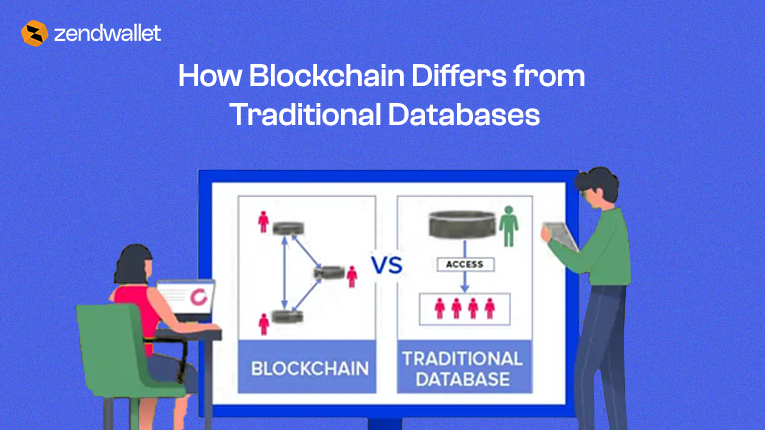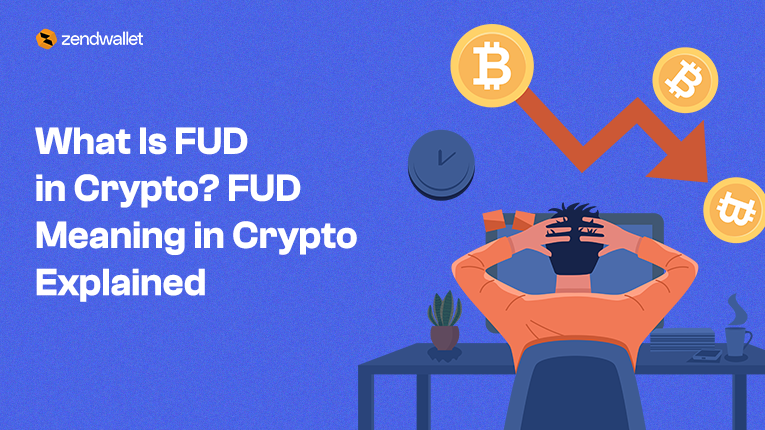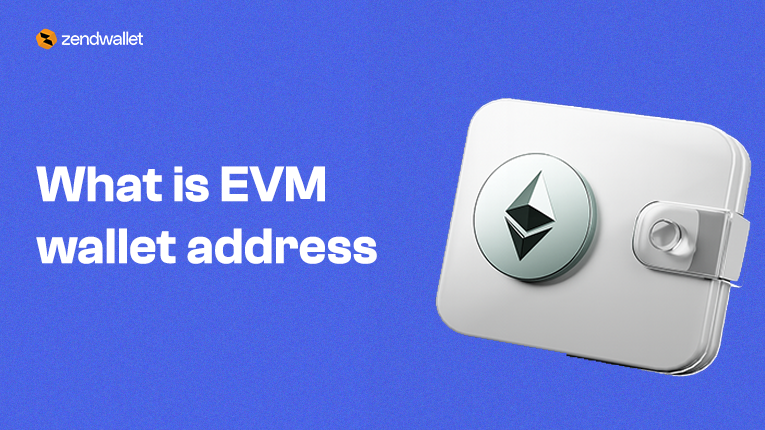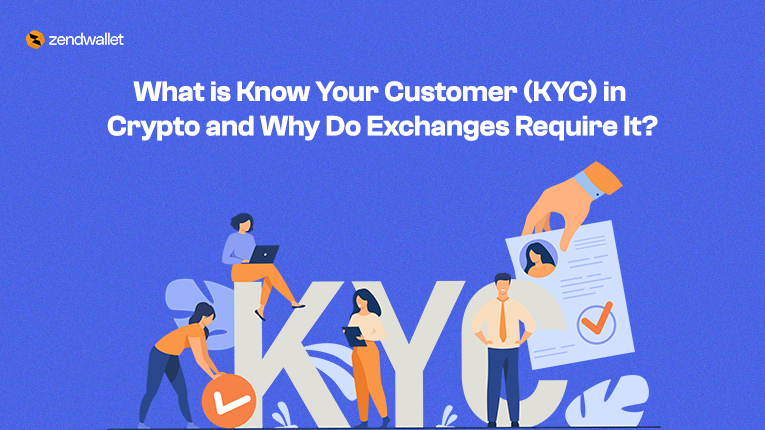Blockchain differs from traditional databases because it uses different data storage and management methods. It is a decentralized system that keeps records secure and transparent without needing a central authority.
In contrast, traditional databases rely on a central authority to manage and validate data. This centralization can lead to inefficiencies and security risks.
Understanding the differences between these two models helps businesses choose the right technology for their needs.
By comparing Blockchain and traditional databases, we can see how each approach offers unique strengths and applications, guiding better data management and security decisions.
Explain How Blockchain Differs from Traditional Databases.
Blockchain and traditional databases fundamentally differ in storing, managing, and securing data.
While both serve the purpose of maintaining records, their underlying principles, mechanisms, and benefits vary significantly.
Understanding these differences is crucial for businesses and individuals who leverage these technologies effectively.
This article delves into blockchain technology’s unique characteristics compared to traditional database models, highlighting their advantages and challenges.
Basics of Blockchain Technology
Here are blockchain Fundamentals you should know
1. Decentralization:
Blockchain operates on a decentralized network where data is stored and managed across multiple nodes rather than controlled by a central authority.
This peer-to-peer (P2P) architecture ensures that no single entity has absolute control, reducing the risk of system failures and enhancing overall security.
2. Transparency:
One of Blockchain’s defining features is its transparency. All participants in the network have access to the entire transaction history stored on the Blockchain.
This transparency fosters trust among users and enables anyone to verify the validity of transactions without relying on intermediaries.
3. Immutability:
Blockchain achieves immutability through cryptographic techniques. Once a transaction is recorded and added to the Blockchain, it cannot be altered or deleted retroactively.
Each block in the chain contains a unique cryptographic hash of the previous block, creating a secure and tamper-resistant ledger.
How Blockchain Works Step by Step
Blocks and Chains: Transactions are grouped into blocks linked chronologically to form a chain. Each block contains transactional data and a reference to the previous block’s hash, ensuring the integrity of the entire chain.
Consensus Mechanisms: Blockchain relies on consensus mechanisms to validate transactions and maintain the ledger’s integrity.
Standard consensus algorithms include Proof of Work (PoW) and Proof of Stake (PoS), which require network participants to agree on the validity of transactions without needing a central authority.
Smart Contracts: Smart contracts are self-executing contracts with predefined rules encoded into the Blockchain.
These contracts automatically execute when specific conditions are met, eliminating the need for intermediaries and streamlining processes across various industries.
Traditional Database Models
Centralized Databases: Traditional databases are characterized by centralized control and management of data. Here are key aspects and challenges associated with centralized databases:
Single Point of Failure: Centralized databases rely on a single server or cluster of servers managed by a central authority. This centralized control creates a vulnerability where a failure in the central server can disrupt access to the entire database, potentially leading to data loss or corruption.
Limited Scalability: Scaling traditional databases can be challenging due to their hierarchical structure and reliance on a single server architecture.
As data volumes and user demands increase, centralized databases may need help efficiently handling the workload, resulting in slower response times and performance bottlenecks.
Data Manipulation Risks: The central authority in traditional databases has the power to manipulate or alter data. While this control is necessary to maintain data integrity, it also introduces risks such as unauthorized access, tampering, and potential security breaches.
5 Key Differences Between Blockchain and Traditional Database Models
1. Architecture
Blockchain:
Decentralized: Data is distributed across a network of nodes, each maintaining a copy of the entire blockchain ledger. This decentralized architecture enhances security, resilience, and fault tolerance.
Traditional Databases:
Centralized: Data is stored on a single server or cluster of servers controlled by a central authority. This centralized architecture simplifies data management but increases vulnerability to single points of failure.
2. Data Distribution
Blockchain:
Distributed Ledger: Every node in the blockchain network maintains a synchronized copy of the ledger, ensuring redundancy and transparency. Changes to the ledger require consensus among network participants.
Traditional Databases:
Centralized Storage: Data is stored in a centralized location controlled by a single entity. The central authority manages access and modifications to the database, which can lead to inefficiencies and security risks.
3. Immutability
Blockchain:
Tamper-Proof: Transactions recorded on the Blockchain are immutable and cryptographically secured. Once added to the Blockchain, data cannot be altered or deleted retroactively, ensuring data integrity and trustworthiness.
Traditional Databases:
Mutable: Centralized databases allow for data modifications and deletions, making them susceptible to unauthorized changes and data breaches if security measures are compromised.
4. Consensus Mechanism
Blockchain:
– Decentralized Validation: Transactions are validated and added to the Blockchain through consensus mechanisms like PoW or PoS, ensuring agreement among network participants without a central authority.
Traditional Databases:
– Centralized Validation: Transactions are validated by a central authority, which controls access and manages the database. This centralized validation can create bottlenecks and dependencies.
5. Scalability
Blockchain:
– Horizontal Scaling: Blockchain networks can scale horizontally by adding more nodes, efficiently accommodating increased transaction volumes and data storage requirements.
Traditional Databases:
– Vertical Scaling: Centralized databases typically scale vertically by upgrading hardware or software capabilities, which may need to be more cost-effective and scalable for large-scale applications.
6. Workload Distribution
Blockchain:
– Even Distribution: Workload is distributed evenly across nodes in the blockchain network, optimizing performance and resilience against system failures.
Traditional Databases:
Centralized Workload: Traditional databases manage workload distribution centrally, which can lead to performance bottlenecks and limited fault tolerance.
7. Performance
Blockchain:
– Efficient for Large-Scale Applications: Blockchain networks are designed to handle large-scale applications with increased transaction volumes and data processing requirements.
Traditional Databases:
– Efficient for Structured Data: Traditional databases excel in managing structured data efficiently but may face challenges with scalability and performance as data volumes grow.
8. Nodes and Peer-to-Peer Networks
Blockchain:
– Peer-to-Peer Collaboration: Blockchain networks consist of nodes that collaborate without central control, ensuring redundancy and enhancing security.
Traditional Databases:
– Central Server Control: Centralized databases rely on a single server or cluster of servers controlled by a central authority, which may limit redundancy and increase vulnerability.
Uses Cases of Blockchain Applications
Cryptocurrencies:
Blockchain is the backbone of digital currencies like Bitcoin and Ethereum, ensuring secure, transparent, and decentralized transactions.
Each transaction is recorded on a distributed ledger, making it tamper-proof and highly secure. This eliminates the need for intermediaries, reducing transaction costs and increasing transfer speed.
Supply Chain Management
Blockchain enhances transparency and traceability in supply chains by recording every transaction and movement of goods on a distributed ledger.
This reduces fraud and counterfeiting, optimizes logistics, and improves overall efficiency. Companies like Walmart use Blockchain to track food products, ensuring safety and quality from farm to shelf.
Smart Contracts
Smart contracts are self-executing contracts with terms written directly into code. They automatically enforce agreements when predefined conditions are met, reducing reliance on intermediaries.
Used across various industries, smart contracts automate processes, enhance operational efficiency and lower costs.
Uses Cases of Traditional Database Applications
Enterprise Resource Planning (ERP)
Traditional databases are essential to ERP systems and managing and integrating core business processes like inventory, procurement, finance, and human resources.
These centralized databases streamline operations, improve data accuracy, and provide real-time insights, enabling informed decision-making.
Customer Relationship Management (CRM)
CRM systems use traditional databases to store and manage customer data, including contact information and purchase history.
By organizing and analyzing this data, CRM systems help businesses improve sales, marketing, and customer service, enhancing customer relationships and loyalty.
Data Warehousing:
Data warehousing involves storing and retrieving large volumes of structured data for analytics and reporting.
Traditional relational databases create data warehouses, consolidating data from various sources, performing complex queries, and generating comprehensive reports. This supports business intelligence activities and strategic decision-making.
Therefore, Blockchain and traditional databases each have unique advantages. Blockchain’s decentralized, transparent, and immutable nature suits applications needing high security and trust, like cryptocurrencies, supply chain management, and smart contracts.
Traditional databases excel in structured data management, supporting ERP, CRM, and data warehousing applications.
Understanding the strengths and challenges of each technology helps businesses choose the right solution for their specific needs.
Challenges and Considerations in Blockchain
Blockchain Challenges
1. Scalability: Challenges with scaling blockchain networks to accommodate increasing transaction volumes while maintaining efficiency and security.
2. Energy Consumption: Proof-of-work (PoW) consensus algorithms require high energy, prompting the exploration of energy-efficient alternatives.
3. Regulatory Compliance: Compliance with existing regulatory frameworks poses challenges due to Blockchain’s decentralized nature and implications for data governance.
Database Considerations
1. Centralization Risks: Risks associated with centralized data control in traditional databases, including single points of failure and cyber-attack vulnerabilities.
2. Data Integrity: Ensuring consistency, accuracy, and security of data in centralized databases amid potential system failures, human errors, and malicious attacks.
3. Security Measures: Implementing robust security protocols, encryption, and access controls to protect data integrity and mitigate unauthorized access or data breach risks.
Future Trends of Blockchain
– Interoperability: Advancements in blockchain technology to enhance interoperability between different blockchain networks, enabling seamless data exchange and collaboration.
– Scalability Solutions: Innovations such as sharding and layer-two scaling to address scalability challenges and improve transaction throughput in blockchain networks.
Integration with Emerging Technologies: Blockchain is integrated with artificial intelligence (AI), the Internet of Things (IoT), and machine learning (ML) to unlock new capabilities and applications across industries.
Frequently Asked Questions
How Is a Blockchain Network Different from a Traditional Network?
Blockchain operates on a decentralized peer-to-peer network where data is distributed and validated across multiple nodes, whereas traditional networks rely on centralized control and management.
How Is Blockchain Different from Traditional Supply Chain?
Blockchain enhances supply chain transparency and traceability by validating transactions and tracking product movement in real-time, unlike traditional supply chains that rely on centralized databases and manual processes.
How Is Blockchain Transaction Different from Traditional Transaction?
Blockchain transactions are decentralized, secure, and transparent. They are validated through consensus mechanisms without relying on a central authority.
In contrast, centralized entities manage and validate traditional transactions, which may involve intermediaries and delays.
What Is the Difference Between a Database and a Private Blockchain?
A database is a centralized system for storing and managing data under the control of a single authority. In contrast, a private blockchain maintains decentralization with restricted participant access, enabling secure and transparent data transactions without intermediaries.
Conclusion
Blockchain and traditional databases offer distinct advantages and challenges in managing data and supporting business operations.
Blockchain’s decentralization, transparency, and security suit applications require trustless transactions and data integrity.
However, challenges such as scalability and regulatory compliance need to be addressed. Traditional databases excel in structured data management but face risks associated with centralization and scalability.
Choosing between these technologies depends on specific business needs, regulatory requirements, and desired outcomes for efficient data management and innovation in the digital era.
To learn more about Blockchain, check more articles on Zendwallet.
You might be interested in: https://youtu.be/tlCBXod4R5A?si=_q80fe_b-bRSfMyz.



